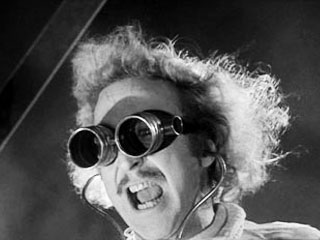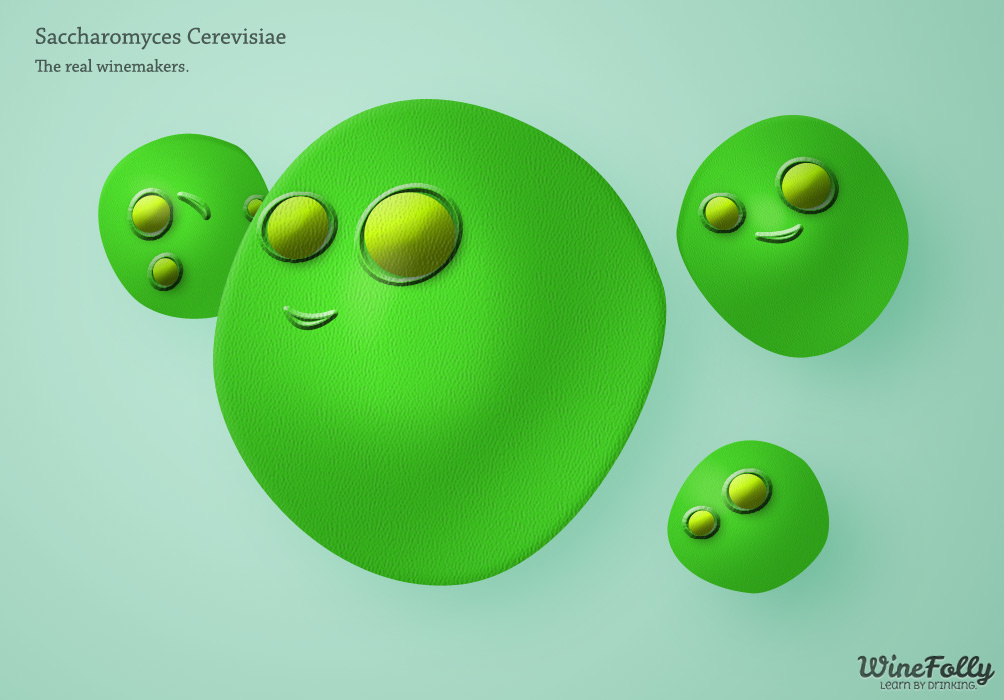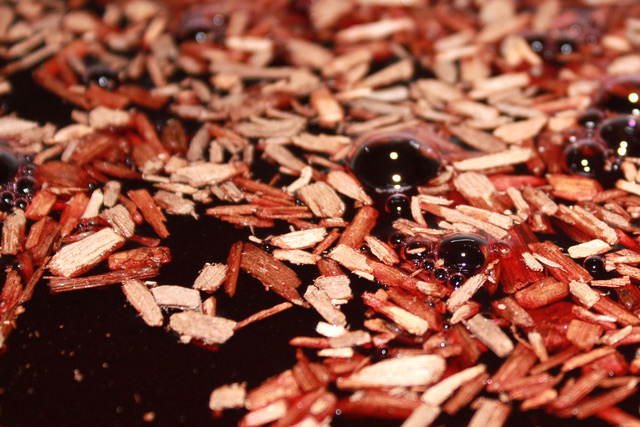Did you know that there are a lot of wine additives used to make wine?
Most wine additives are safe, however, there have been a few notoriously famous cases of unsafe wine additives in the past. Let’s get into the nitty gritty truth about wine additives and dispel some common wine additive myths.

Worst Case Scenario: A Wine Scandal!
In 1985, German wine quality control scientists discovered the presence of a commercial solvent, diethylene glycol, in some of their low-end wines. Diethylene glycol is a sweet-tasting toxic chemical sometimes used in anti-freeze. After the scientists discovered the chemical, they soon realized that the German producers were illegally blending Austrian wines with theirs.
While there were no reported casualties and the wines were pulled from the market, the media scare caused a long-term fear in consumers over wine additives.
Don’t worry, wine additives are now more closely regulated and the national electronic archives maintains a list of chemicals that are legally allowed for use in wine.
Common Wine Additives
Food products such as beer, juice and wine are unstable. Because of their volatile nature, processes have been developed to stabilize food products such as homogenizing juice. In the wine world there are many different wine additives, some of which have been used for hundreds of years with no ill effects.
The intention of these additives is not to adulterate the wine, but to stabilize it. Wines have the potential to last longer when they are stable. Many of these aren’t really additives at all, instead they glom (with molecular attraction) onto unwanted particles and are removed from the finished wine.
1. Sulfur
Sulfite sensitivity affects about 1% of the population. Wine usually has about 150 ppm of sulfur added whereas dried fruit has 1000 ppm.
Sulfites are used to kill unwanted bacteria and yeasts in the winemaking process. Since 1987, American producers have been required to mention the presence of sulfur if it exceeds 10 parts per million (ppm) in the finished wine. The EU recently passed a similar labeling law in 2005.
The laws are designed to help protect the small percentage of people who are sensitive to sulfur and should not be confused with the myth that sulfites in wine can give you a wine headache.

2. Yeast
Yeast is a eukaryotic microorganism that turns sugar into alcohol. Different kinds of yeast greatly affect the flavor of the resulting wine. Some winemakers prefer ambient yeast that is present on their winery equipment while other winemakers create a custom cocktail of cultured yeasts. Each method has unique benefits depending on the wine variety.
Vitamins! Yeast benefits from vitamins, minerals or any chemical compound that helps keep the yeast alive in grape juice during fermentation. For instance, Thiamine Hydrochloride is a B Vitamin which helps keep yeast happy in high alcohol wines over 14% ABV.

3. Tannin
Tannin is one of the 4 traits that makes wines age-worthy. Wine grapes are full of seeds which are very tannic. The seeds are crushed with the grapes to add structure to wine. Oak aging also adds small amounts of tannin as the wine is exposed to the oak wood.
Oak Chips Are More Sustainable It’s widely accepted in Europe to use oak chips and tannin powder in wine. While oak chips are not as romantic as a room full of oak barrels, they are better for forests and are cheaper to transport.
4. Sugar
Chaptalization is the process of adding sugar to grape juice in order to increase the final alcohol level in the finished wine. Adding sugar doesn’t make a wine sweeter because the sugar is consumed by the yeast when it is fermented into alcohol. Chaptalization can add up to 3% ABV to a wine. It is legal in areas where grapes struggle with ripeness, such as Bordeaux, France and Oregon.
Illegal in Some Areas! Adding cane sugar is not legal in California, Argentina, Australia, Southern France and South Africa. Producers can add sugar rich grape concentrate to simulate the same results, as the use of grape concentrate is not considered chaptalization.

5. Fining & Clarification
After a wine has been freshly fermented it goes through a period of stabilization. The chemicals added during this process are designed to pull unwanted characteristics out of the wine. For instance, copper sulfate is added to remove free sulfur in a wine. The copper has the same effect as putting a penny in wine to remove undesirable smells. Afterwards the copper sulfate is removed from the wine.
Why Are There Non-Vegetarian Wine Additives?
For many hundreds of years in Italy and France, winemakers would add an egg white or two to a large barrel of wine. The proteins in the egg white would bind to free proteins suspended in the wine. After a short wait, the egg white and free proteins would precipitate out of the wine and drop to the bottom of the barrel. Winemakers would strain the clear wine off the top and leave the sludge. This process is called Fining and Racking. Nowadays, there are more advanced ways of achieving the same results including numerous microbial products (read: totally vegetarian!) that perform the same function. Non-vegetarian wine additives are still widely used. Here are the most common:
- Albumen (egg white): Fining agent for wine
- Milk products (pasteurized whole, skim, or half-and-half): Fining agent for grape wine or sherry. To remove off flavors in wine
- Isinglass: Dried swim bladders of fish. To clarify wine
- Gelatin (food grade): To clarify juice or wine
- Protease (Trypsin): Derived from porcine or bovine pancreas. To reduce or to remove heat labile proteins
- Protease (Pepsin): Derived from porcine or bovine stomachs. To reduce or to remove heat labile proteins
- Casein, potassium salt of casein: To clarify wine

6. Acid Control
The pH of wine is crucial to how it tastes and how long a wine will last. On a perfect vintage, the wines will be more naturally in balance. So what to do when it’s not perfect?
De-acidifiers Adding Calcium Carbonate (aka chalk) to wine will reduce high acid levels and increase the pH. This practice is common in areas that have cooler weather and ripening is challenging.
Acidifiers What if there’s not enough acidity? Tartaric Acid, Malic Acid and Citric Acid or any blend thereof could help balance the wine. Many people claim they can taste simulated acids in a wine. Adding acid is common with lower acidity grapes in warmer regions.
7. Stabilizers
Besides sulfur, there are a few other common wine stabilizers.
Acetaldehyde For color stabilization of juice prior to concentration: The amount used must not exceed 300 ppm, and the finished concentrate must have no detectable level of the material. This is something that happens naturally in grapes although some people claim it causes severe headaches.
Dimethyl Dicarbonate (DMDC) Used to sterilize and to stabilize wine as well as dealcoholized wine. It is approved for use in the U.S., the EU, and Australia. While DMDC is poisonous within the hour it’s added (usually at bottling), it hydrolyzes in about a half-hour. DMDC (aka Velcorin) is also used in fresh orange juice, flavored ice tea, and Gatorade.
